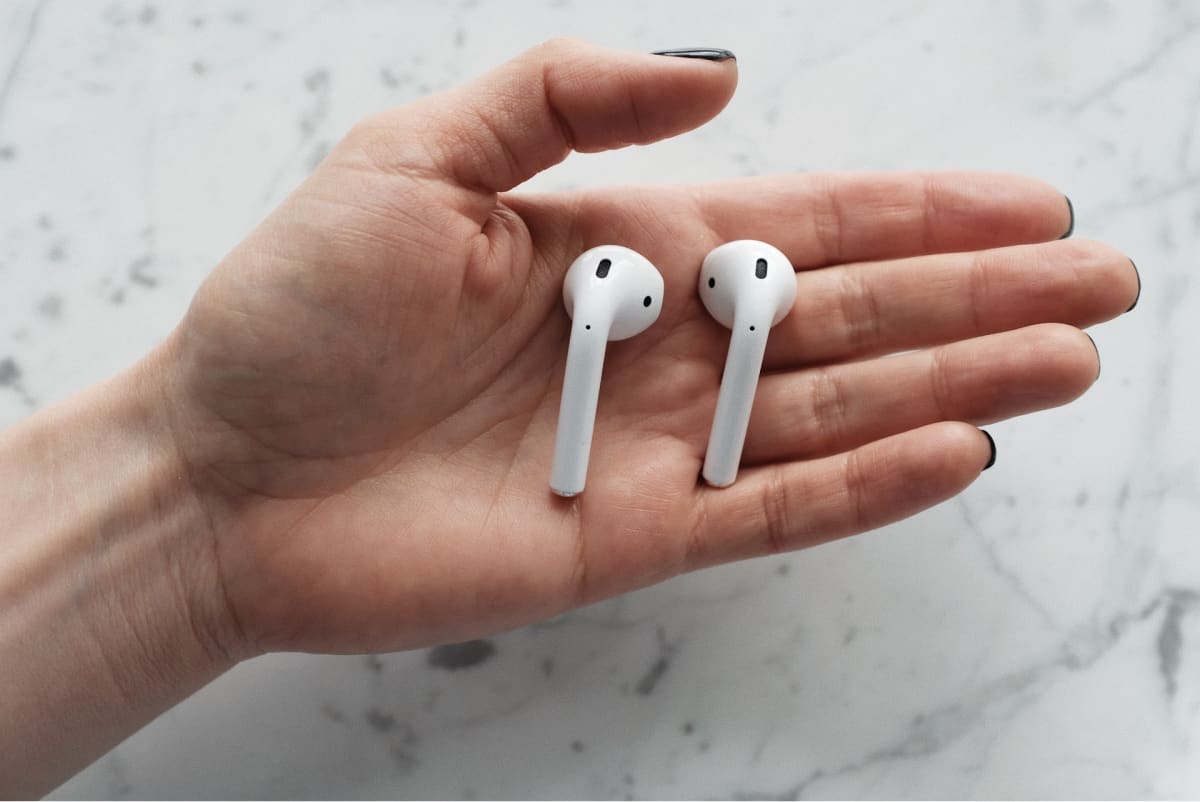There is a science to creating trendy products. It all starts with tapping into something that your target market finds familiar and building upon it. This article will break down the five steps entrepreneurs need to follow when making a popular product.
What Makes a Product Popular?
There isn’t an exact formula, but below, we go over some of the leading factors that make an impact. First, a popular product is useful. This varies significantly; TikTok entertains, New York Times informs, and Venmo helps us send and receive money. A product needs to have a core function that it masters. However, some products can be imperfect if they master the second pillar: price point. Products vary in price points and target different sectors of the population. On one side, price-sensitive consumers may be willing to accept less features than the top-tier offering in order to find something within their budget. On the other end of the spectrum, some products charge astronomical prices for prestige. A Supreme backpack might not be the longest-lasting, but it does convey a sense of luxury.
Next, is timeliness and efficiency: does this product address a current need in their target market in the most efficient way? An app that calls a horse and carriage to your door might be useful to get passengers from point A to point B, but it operates outside the norm of how they are used to traveling. Even if the price is low, this means of transportation is too slow to be a viable option.
Lastly is ubiquity, trend, and hype. However you want to describe it, once a large part of the population is using a product, the stragglers are soon to follow. Take the move to Zoom during the pandemic. When everything went virtual, we all had to find a way to communicate online. People of all ages learned how to use Zoom, with many buying subscriptions to be able to uncap time limits.
Some companies are especially good at popularity by design. Take the move to Bluetooth at Apple. There was an uproar when the iPhone 7 was released without a headphone jack. “How will I listen to music while charging my phone?” consumers fumed. Within two months: Apple’s solution came to stores: AirPods. By removing this port, Apple manufactured the need for AirPods. Of course, they worked well and were an elegant solution, but who knows if they would have been such an overnight success if their 2016 smartphones had a typical headphone jack.
Raymond Loewy was called the father of industrial design and reimagined the design of products from the iconic Lucky Strike cigarette packaging to Air Force One’s blue nose. His philosophy for making a popular product came from his belief “that consumers are torn between two opposing forces: neophilia, a curiosity about new things; and neophobia, a fear of anything too new. As a result, they gravitate to products that are bold but instantly comprehensible. Loewy called his grand theory ‘Most Advanced Yet Acceptable’—MAYA.”
So what can entrepreneurs do to bring a popular product to market that is also familiar enough? Below we go over the essential steps to making a popular product with examples from companies that have nailed balancing the art and science of it.
Considerations When Making a Popular Product
1. Always, Always Start with Customer Research
Simply put: it’s impossible to make a popular product without fully understanding your target customer. A complete user research approach will search for the answers to questions such as: What matters to customers? What are their goals? What would they aim to accomplish with a product like the one you’re soon to build? Digging into your customers’ identity and empathizing with their pain points gives you a solid foundation for developing the best possible product.
Your customers have a treasure trove of information just waiting to be discovered. From their preferences to opinions to workarounds they currently have in place, understanding what is important to them will help you create something they are willing to pay for.
And this research isn’t a “one and done” situation: while you’re developing your product, you’ll need to consistently get input from potential customers. Even when your product is succeeding out in the market, you’ll still need to get a pulse check from customers to figure out how you can improve it or create new add-on products or services to enhance their experience.
This intimate knowledge of the customer enables you to make something that fits their lives. Something that improves their lives but doesn’t upend it with too many bells or whistles.
2. Don’t Try to Change Everything at Once
Each year Apple introduces at least one new iPhone, and they aren’t typically radically different. But if you look at an iPhone 3 and iPhone 12, you will notice all of the changes that added up over time. Incremental change to existing products is a great way to gradually introduce upgrades to keep consumers comfortable. (Dig into our ideas on incremental innovation.)
Some products that really shake up the status quo are simply before their time. Google Glass came out in 2014 to much skepticism and low sales. The market for wearables was not what it is today. Apple Watch launched the following year, and Fitbit was just acquired this year. Clearly, it took several years for the market to heat up and consumers to get comfortable with the idea.
3. Strike a Balance Between New and Familiar
The majority of your customers are unlikely to want something that throws convention to the wind. Otherwise, you’ll have to follow two routes. First, you can introduce a wildly innovative product to market more easily if you already have a (familiar and) well-loved brand. The Apple Watch wasn’t a smash hit at first, but being attached to the prestigious Apple brand meant that consumers knew it was high quality and nicely designed. If you don’t enjoy brand prestige just yet, a strong marketing plan can work wonders to get it on your target markets’ radar faster. In this case, consumers become acquainted with the product over time and are much more likely to buy it down the road.
4. Pay Attention to Metrics That Matter
Do away with vanity metrics from day one. No one cares if you get 1 million hits on your website if only 0.1% of those people make a purchase. Instead, focus on the metrics that show how deep into your product customers have gotten. Stewart Butterfield, CEO of Slack, chose 2,000 Slack messages as his gold standard. He told First Round Review, “For a team around 50 people, that means about 10 hours’ worth of messages. For a typical team of 10 people, that’s maybe a week’s worth of messages. But it hit us that, regardless of any other factor, after 2,000 messages, 93% of those customers are still using Slack today.”
Find your own measure of success by digging into when a user with a trial becomes a long term customer. At this point, they have fully understood the usefulness of your product or service and are now willing to pay. The product has become ingrained in their life or workflow, and it becomes hard to visualize a day without it. Listen especially hard during customer interviews to pinpoint the most important metric you should be tracking.
5. Know That Your Work Is Never Done
Just as customer research is never done, you’ll need to continue to iterate on your product over time to continue serving those customers’ evolving needs. Facebook launched their iOS app in October of 2011, and nearly 10 years later, you can be sure that they look nothing alike. Mobile user preferences and mobile hardware changed significantly in that time, as have approaches to product management. Facebook remains a top app after almost a decade because they remain nimble and continue to cater to the wants and needs of their customers.
While making a popular product is a great aspiration, the next step is to create one with staying power. Beyond consistent customer research, this also requires a finger on the pulse of your industry. This can be accomplished with competitive research, exploring the apps and products that your customers might use instead, as well as deep category knowledge. When you stay on top of what is possible for your product and industry, you can take the time to add important new features while not wasting your product, engineering, and design team’s time on temporary trends.
How do you approach making a popular product? Let us know by tweeting us @Protoio.
Proto.io lets anyone build mobile app prototypes that feel real. No coding or design skills required. Bring your ideas to life quickly! Sign up for a free 15-day trial of Proto.io today and get started on your next mobile app design.









